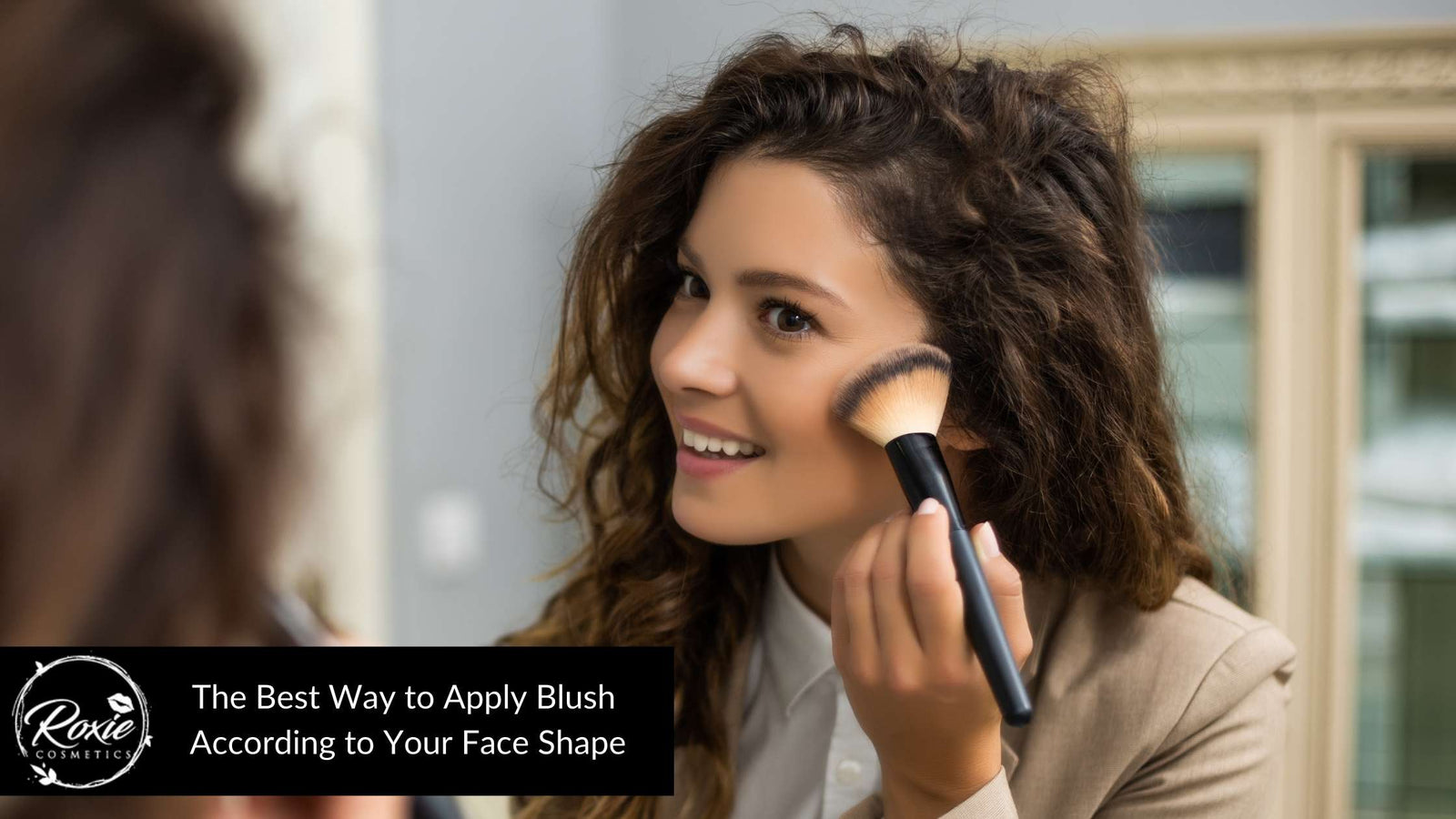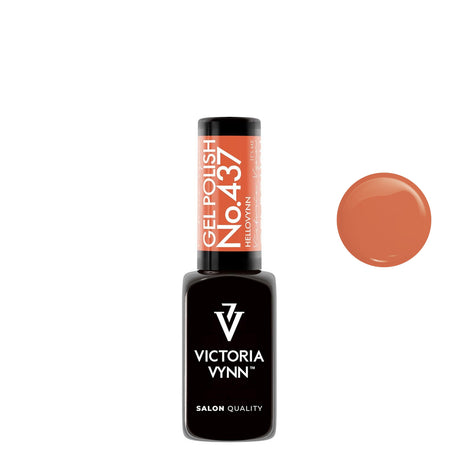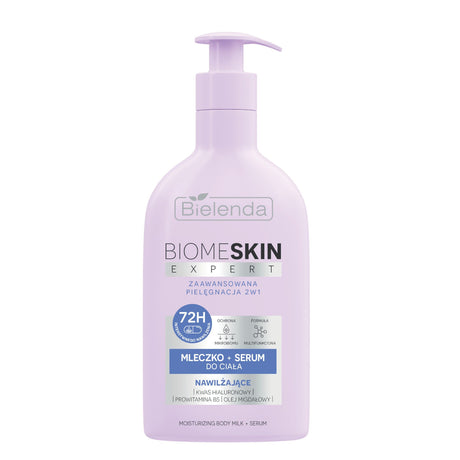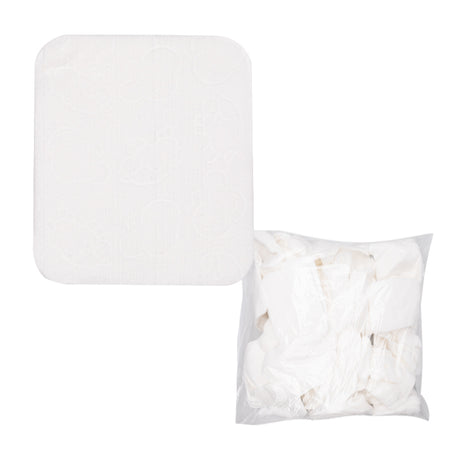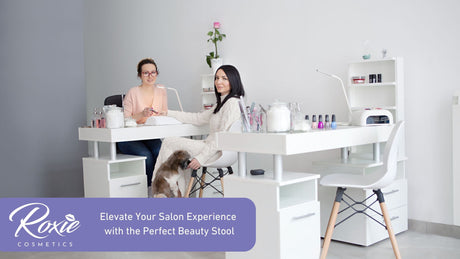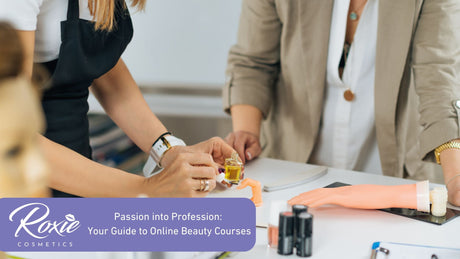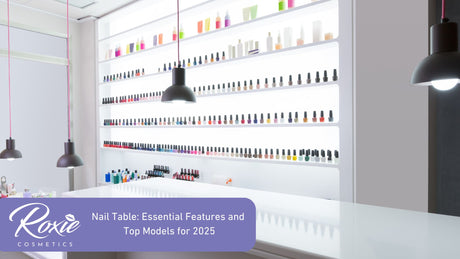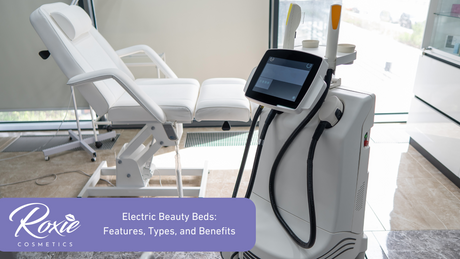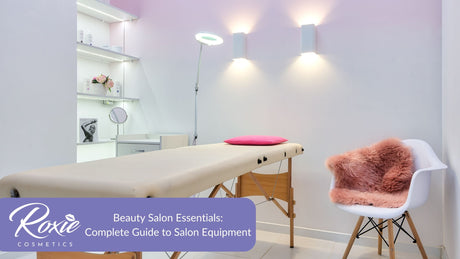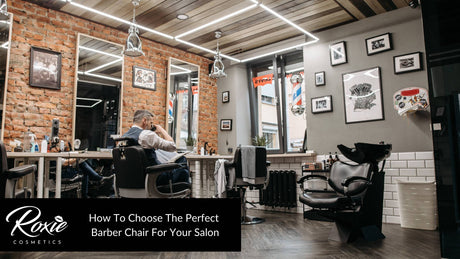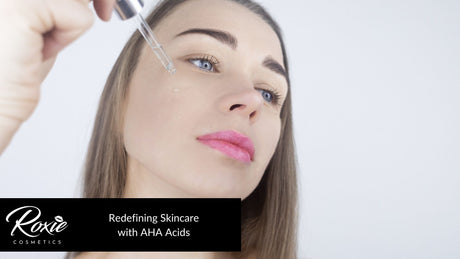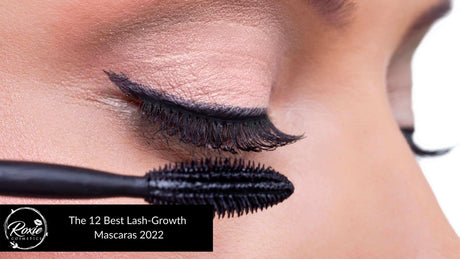Applying blush is not just about putting a pinkish cream or powder on the cheeks, then blending it. It is not as simple as rubbing the fingers all over the face of Angela from the mobile game, My Talking Angela. The proper way is that, it must be compatible according to the shape of the face, as different people tend to have different moulded face shapes. It is very significant to align the style of blush depending on what type of shape the face has, to achieve a beautiful finish. Doing incorrect blushing can result in a weird look or, worst, it can even visually deform the structure of the face. Therefore, to accurately apply a blush, the face shape must be identified first and must follow a step-by-step process.
There are 6 types of face shapes, which most commonly differ in the cheekbone and chin area. The heart shape face, oblong shape face, square shape face, oval shape face, round shape face, and diamond shape face. All of these have significant differences from each other, especially in terms of cheekbones where the blush is intended to be applied. For instance, the blush on the heart-shaped face needs to be applied upward from the cheekbones up to the temple of the head to reduce the sharpness of the face, which is the main feature of having a heart-shaped face. Listed below are the step-by-step guide of applying blush based on the different face shape.
1. Heart Shape Face

The heart-shape face has a long and sharp shaped appearance due to its cheekbones placement and sharp chin. The main goal in applying a blush towards a heart-shaped face is to soften these features of the face and not contribute more to sharpening it. Therefore, the application of blush must be taken seriously. To achieve a softer appearance through a red blush, start applying it to the cheekbones with a synthetic and dense brush to be compatible with either cream and powder. After applying to the cheekbones, start going upwards in an almost “C” direction. The blush must reach the temple up to the forehead to balance the width of the upper and lower portion of the heart-shaped face. After it, the face will more likely appear shorter and more balanced; getting rid of long and pointy appearance temporarily.
2. Oblong Shape Face

The oblong shape face is known to have an equal width in terms of facial features such as the temple, jawline, and the lower area of the face. Thus, the proper blush is to shorten the face as the oblong is also moulded with a long, rectangular shape. Start with applying the blush of a pinkish colour with a soft and thin brush on the cheekbones, at its most protruding part. The next step is to extend it to the tip of the nose. However, it is very important to not overdo the extension, as it will ruin the look. The extension of the application must also be directed outward of the cheekbones to even out the amount of blush applied. Lastly, put a generous amount on the temple area using a small pointed brush to apply to the small area.
3. Square Shape Face

The square-shaped face is somehow similar to the oblong one. The square-shaped face has straight and equal sides, a flatter jawline, and a slightly narrow chin. The angular features of the square shaped face are visually sharp. Thus, softening it with a peach shade blush is a good thing to do. The first step in applying blush on a square shaped face is to put a concentrated amount on the cheekbones with a dense and flat brush. Spread it throughout the area of the cheeks. Lastly, extend it from the centre of the cheekbones upwards to the lower part of the temple, near the hairline area.
4. Oval Shape Face

The oval-shaped face is long with protruding cheekbones, and the same narrow-width upper and lower area. The main objective here is to lift the cheekbones, as it is the most noticeable feature of the face. Start by choosing a brush with smooth yet dense characteristics and a smaller one. Apply a pinkish blush on the cheekbones. Avoid the application below it where there is a hollow part because it will give a downward appearance. After applying on the cheekbones, extend the blush in a straight and upward direction to the hairline area, below the temple. Lastly, put a little amount of blush on the temple in a circular form with a small brush.
5. Round Shape Face

A round face is commonly described with dominant cheeks, a curved jawline, and a softer chin area. The goal of blushing on a round shape face is to make it appear longer and provide subtle contour. When starting a blush on a round face shape, choose a light-coloured blush, probably a light pink, with a brush large and dense brush. In applying the blush on the face, begin with a smile to lift the cheeks. Put a concentrated amount on the cheekbones and then slowly extend upward. However, do not overextend as it will cause the face to appear more round. Just keep the blush on the cheekbones and its surrounding areas.
6. Diamond Shape Face

The diamond-shaped face has a narrow forehead, pointy chin and protruding cheekbones. Due to the prominent cheekbones, it is best to soften them with blush. Using a soft and synthetic brush, apply a pink shade blush directly on the cheekbones. Start going upwards in a laying “C” direction. It gives the face a more softened look, as the cheekbones appear to be in a downward position.
What is the best way to determine your face shape for blush placement?
The best way in identifying the shape of the face is to make an assessment of the most wide area, the jawline part, and the size in terms of how long or how wide it is. In determining the face shape, try to calculate the widest part of it, either through estimation or precise measuring via measuring tape. Those with round, diamond and heart-shaped faces have the cheekbones as the one with the most width. The oval has its forehead the widest among other facial features. Lastly, a face with an even and fair width is, most likely, oblong and square. In addition, to acquire a more detailed information about the face, try to look at the jawline part. If the jawline is not long and has a circular form, it is most likely to be a round face. If the jaw is sharp and narrow, it means that the face is a heart. The most dominant jawline, with a powerful appearance and pointy angles, belongs to a square face. Furthermore, the width and length can also be compared to confirm the shape of the face. The ones with equal length and width have a diamond and square shape. The oval has a lengthy, and narrower, face. The oblong face tends to have a longer face, which is about double the measurement of its width. The wider face with a shorter length is the people with a round face.
What are the tips for applying blush?
Applying blush on the face may seem to be a freestyle thing. However, it is also very important to seek proper process. Listed below are the best blush tips you need to know that can help in having a better application and blush experience.
What are the mistakes in applying blush?
Blush may look like a simple and small part of the look. Beginners and even some experts may tend to underestimate the process of applying a blush. Thus, here are the mistakes you probably do when you apply blush.
What are the best blushes for every skin tone?
Every person does not only differ in skin tone, but also in undertone. Thus, the makeup and cosmetic industries came up with hundreds or even thousands of blush shades just to compensate for consumers’ preferences and skin needs. Listed below are the best blushes for every skin tone that can be found in the market.
Should the cheekbones be blushed?
Yes, it should be blushed. The bones of the cheeks, or the cheekbones, can be found on the upper part of the cheeks, and can be included whenever the blush is being applied. It must be blushed to soften or sharpen some facial features, and enhance the overall look of it. For instance, having a heart-shaped face means having a sharp, narrow, and pointed face. Thus, blushing can help in softening and widening those features. Applying blush to the cheekbones enhances their natural shape. It gives the cheek more definition and makes them appear prominent.

